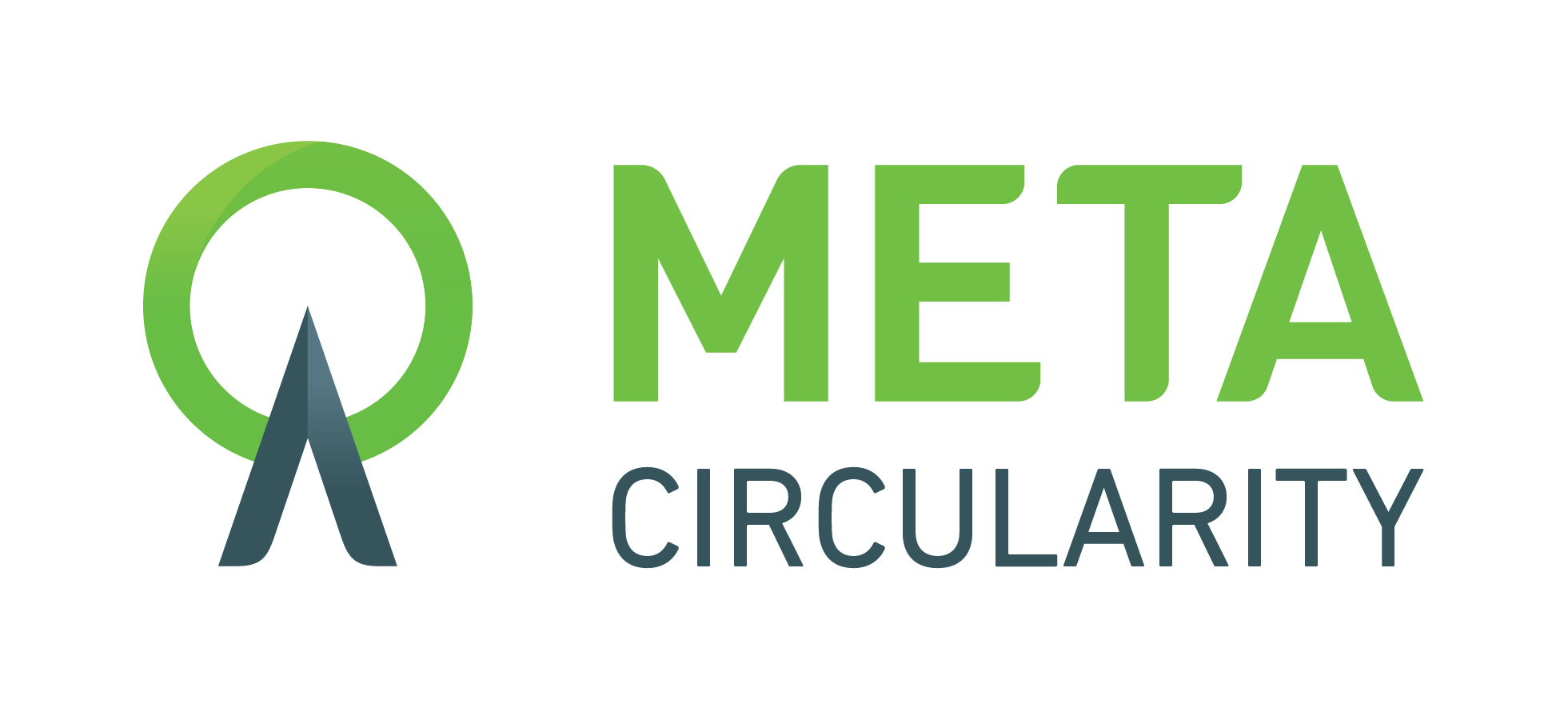The process of Stakeholder analysis focuses on the attitudes of stakeholders towards an observed phenomenon. Stakeholder analysis is a key part of stakeholder management.
It is a process of (1) identifying the individuals or groups that are likely to affect or be affected by the induced activities, and (2) sorting them according to their impact on the action and the impact the action will have on them. This information is used to (3) assess how the interests of those stakeholders should be addressed in our project plan.
A stakeholder analysis consists of weighing and balancing all of the competing demands on the specific technology, organisational change or innovation adoption process, which is in the centre of our specific project or strategy, by each of those who have an interest in it. A stakeholder analysis cannot exclude potential conflicts of interests among stakeholders affected, but it ensures that all affected will be considered and enables an organisation – or a network of players, to address their interests in the most constructive and consistent way.
The ultimate goal of such an analysis is to develop design a stakeholders’ engagement strategy allowing for cooperation between different stakeholders, typically “champions”, “early adopters” of the process, other specific players and a vast majority, as well as the project team itself.
Contact us for more: info@giacomellimedia.com
